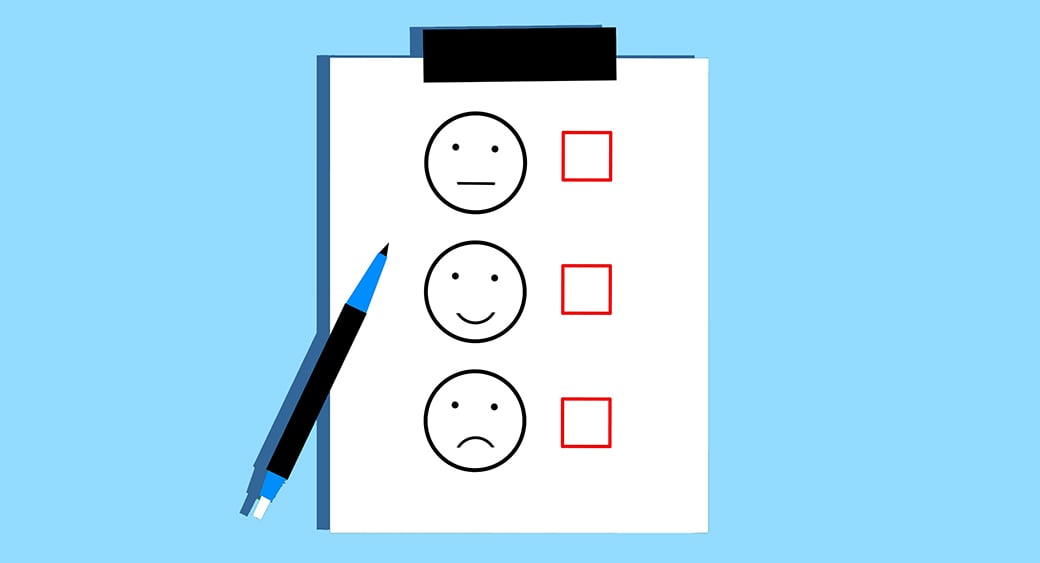CX Customer Experience – 11 Tips to Make Clients Stay with You Forever
User experience (UX), at its core, is an assessment of user behavior patterns and preferences, but it’s not just any user you are trying to reach – it’s your customer. CX, or customer experience, is crucial in today’s digital landscape. To create a good CX customer experience, we must understand users’ motives; recently, tracking technology involved in improving customer experience and user experience has been met with questions regarding ethical and privacy standards.

Large companies such as Google, Amazon, and Facebook track user activities to gain insight into user needs. This quandary of privacy rights is still in its infancy, as many web developers and site managers are working to promote user experiences. Enhancing CX customer experience while remaining ethical can be a fine line.
#1 Ethical Considerations in CX and UX Design
Web developers and those in the technology field are not exempt from ethical responsibilities. Developing content, websites, and other online experiences involve entering a user’s psyche to understand motives. Developers create a targeted audience persona to increase personalization for customer experience and user experience. By predicting user actions, developers work to create an interface best suited for individual users. Ethical challenges arise when developers infringe on user privacy or use information gained for personal, unethical use.
#2 The Importance of Ethics in CX Customer Experience
Designs used to trick or deceive users online are called dark patterns. Most web developers do not intentionally partake in such activities but may create unethical CX experiences unconsciously. When designing sites or user interfaces, consider the impact on the user. If your methods surpass the enhanced user experience and go into the territory of misleading or annoying, reconsider your methods. Companies currently designing sites with unethical dark patterns are receiving negative feedback and worsened reputations. The CX customer experience tanks as a result.

Recently, Facebook was involved in the Cambridge Analytica privacy scandal; the company acted to target users for its own purposes. The discovery has prompted a fair amount of scrutiny surrounding Facebook’s privacy flaws. For example, a download of Facebook user files revealed the company’s tracking of Android phone calls, SMS messaging, and various other privacy concerns. Millions of users were unaware of these practices, revealing the practices as poorly publicized and unethical. Few of these are willing to sacrifice their privacy for a perfect CX experience. Many large organizations and technology industry leaders have called for a Facebook ban. Ethical boundaries are not simply morally necessary but also economically necessary.
#3 Privacy and Enhanced Customer Experience and User Experience
Privacy is at the forefront of online ethical concerns. Many companies participate in third-party marketing and information-sharing without making the user aware. There have been reports of consumers signing up for one experience yet receiving an entirely different one. Some companies use enticing promotions or information requests simply to gain user information. Although not illegal, this invasion of privacy is highly unethical and can affect CX customer experience.

The European Union is set to enforce its General Data Protection Regulation (GDPR) soon. What is the GDPR? Basically, the regulation will set a strict set of guidelines for how companies can share personal data. Companies collecting information will need to provide the user with an explicit and informed consent to obtain personal data. Steep fines will result for companies that don’t adhere to guidelines. Basically, consumers will have a much more transparent experience.
#4 Creating an Ethical User Experience
Although the area for ethical data collection and user-tracking is still gray, there are a few guidelines to follow. If you currently manage a website, review the standards for privacy and ethical collection methods. Sometimes companies are surprised to realize the methods they are using may be unethical or off-putting.
#5 Advertising
User actions are often tracked and analyzed, resulting in targeted advertising. Targeted advertising is popular but can also be unethical and annoying. The disruption of pop-up ads creates a poor customer experience. The ads also distract from the main content and can cause a higher bounce rate. When companies track user information ethically and ads are presented in a user-friendly method, the customer experience can be beneficial to all users.
#6 Misleading Advertising
In addition to poorly placed and annoying ads, misleading advertisements are also bad for CX customer experience. When an advertisement contains false information, it is not only unethical, it is illegal. With misleading advertising, customer experience and user experience become tainted – users feel betrayed. The Federal Trade Commission (FTC) requires companies to use accurate information, backed by scientific research, if possible. If your site contains misleading or false advertising, it will likely turn off users. A high bounce rate is bad for user experience, so be sure to not scare away potential users with poor advertising.
#7 Black Hat Link Building

Black hat search engine optimization techniques manipulate the way search engines perceive website relevance and hurt CX customer experience. White hat techniques are the preferred method for an ethical and user-friendly experience. Black hat techniques can include a variety of methods:
- Irrelevant keywords or keyword-stuffing
- Hidden text or links
- Hidden cookies
- Spamming social media sites with links
- Domain-stealing
- Duplicate content
- Spam placed anywhere online
- Bait and switch methods
Users, Google, and other web developers frown on black hat SEO techniques. To determine the difference between black and white hat techniques, decide how useful your content is to the user. Black hat techniques contain an abundance of spam, linking users to irrelevant sites and content. There is no value added from this content, and it is bad for user experience. White hat techniques are useful, contain relevant content, and do not implement spamming techniques. The result is an ethical, user-friendly experience.
#8 Contact Without Consent

Frequently, marketing agencies and companies buy lists of email addresses to use for subscriber lists or cold contacts. The Federal Trade Commission and users frown on this technique. The method of contact by email without consent is legal, one time. Contact past the one email without consent is against FTC regulations. It will also create a negative reputation for your company and dissuade users from engaging your site. The worst user experience is no user experience, which is what occurs when a company sends multiple spamming links to consumers.
#9 Emotional Exploitation

Humorous, cheery, and nostalgic materials can help develop the bond between your company and consumers. Content that focuses on positivity and happiness will create a positive user experience. Posts that focus on emotional exploitation of users is unethical and offensive for many. Sharing heart-wrenching and emotionally disturbing pictures as click-bait is playing on users’ emotions. Sure, powerful, emotional pictures will be eye-catching, but they also build a relationship with the user based on negative experiences. As a marketing professional or company, your intent should be honesty and doing no harm. Emotionally exploiting users is a very low-ball method of engagement.
#10 Roach Motel
The roach motel is a method used by marketing and advertising companies to make it easy for you to enter a situation, but difficult to leave it. For example, many companies will use a method of trickery to persuade users to add one more item or purchase to their cart. They design the website to confuse the user into accepting additional costs or make it difficult for them to decline items. When developing your site, make the user interface friendly, straightforward, and honest. The companies designing websites with the roach motel approach deter positive CX customer experience.
#11 Ethics and CX Customer Experience – Two Peas in a Pod
Unethical marketing and data collection methods tend to be bad for user experience. Spamming, irrelevant, and annoying ads, dishonest techniques, pop-up ads, or unclear collection methods dissuade users from engaging in site content. Users experiencing this type of disruptive content are more likely to abandon a site and not return. Be sure your site is straightforward and easy for consumers to use. A customer experience that is clean cut and doesn’t suck personal data from the audience will create a better reputation for your brand.
UX and CX may have felt like a mystery in the early days of digital marketing, but now it’s a crucial aspect of a site’s design, regardless of industry.




[…] In this post, we showed you 5 usability testing methods to use when designing an app, software, or any other type of IT product. Did you ever use these techniques before? Do you have other valuable user testing methods to share with our readers? Feel free to let us know in comments – we will be glad to see your experiences in this field! […]
[…] mind. What role will automation and artificial intelligence play in the future of ecommerce? Which online experiences is the consumer of today and tomorrow looking for? Are drones the future of ecommerce delivery? What’s the […]
[…] How will my brand contribute to customer experience? […]